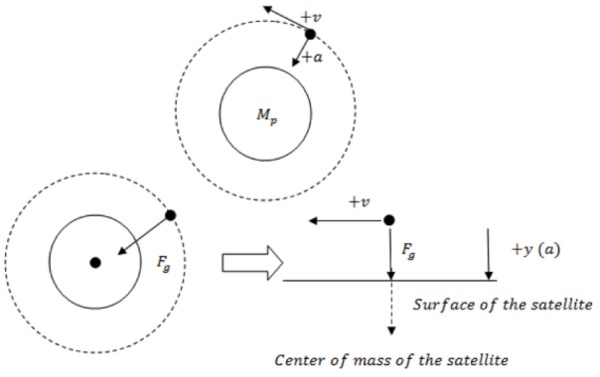Determining the Habitable Zone Around a Star
(1) Myers Park High School, Charlotte, North Carolina, (2) Physics Department, Rochester Institute of Technology, Rochester, New York
https://doi.org/10.59720/13-002
The goal of this project is to determine the habitable zone around a star, given the mass of the star. The determination of the habitable zone would apply only to stars in a singular solar system, as it examines the gravitational pull of one star. The research focuses on deriving the mass of the object being orbited by finding the velocity, acceleration, and the period of the orbit of the satellite, the object in orbit, using Newton’s Law of Universal Gravitation, principles of circular motion, and Newton’s Second Law of Motion. Then, utilizing software including Mathematica and LoggerPro and compiled research from areas of astronomy, biology, and physics, the boundaries for known life can be mathematically derived. The definition of life, used to set the parameters of the scope of the zone, depends on the ability for existing life to grow and reproduce. This project utilizes various sources of research and information to define the conditions in which life might exist, specifically the surface temperature of the satellite versus the distance from the star. This process, if combined with chemical and geographical information, could allow isolation of the most likely satellites for life in a singular solar system. Future work involving the study of chemical elements present in the satellite and its atmosphere may aid in further narrowing down the most likely habitable zones.
This article has been tagged with: